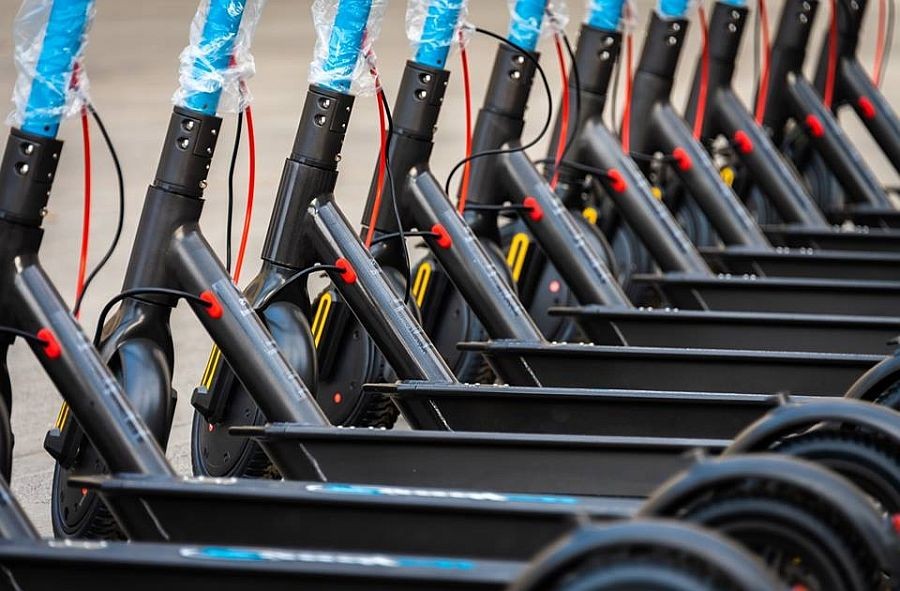
Swappable batteries changing the game for e-scooters?

Battery swapping technology is expected to be the game changer from electric vehicles, mopeds to e-scooters. Although it failed largely in EV’s, are swappable batteries the future for micromobility?
This promising technology aims to reduce the size of batteries, eliminate waiting time for charging and decrease the total carbon footprint of the electric vehicles.
Already for few years this technology was about to revolutionize the electric vehicles market. It did not. Few attempts were unsuccessful to establish a fully-fledged market. Category leader in EV’s battery swapping, Israeli Better Place, filed for bankruptcy in 2013. Not much happened in EV’s market since.
However, since 2013 new e-mobility services emerged on the market. Shared mopeds and e-scooters became the mainstay of micromobility in large urban areas. Swappable batteries reduce the time to charge the vehicle and reduce the use of service vehicles. Therefore, for example, a mope or e-scooter with swappable battery can be reached by a moped or even a scooter and – voilà, the work is done! This technology reduces emissions of combustion service vehicles and therefore decreases the entire CO2 emissions of e-mopeds and e-scooters.
There are already several e-micromobility service providers that use swappable batteries. They do it because they are conscious about their cost, time and carbon footprint. Aiming to provide the best quality service for their users. Skip in the US and Hulaj in Poland are just two examples of such conscious companies. Other companies are flirting with this idea and some companies are seriously planning to launch it in a very near future.